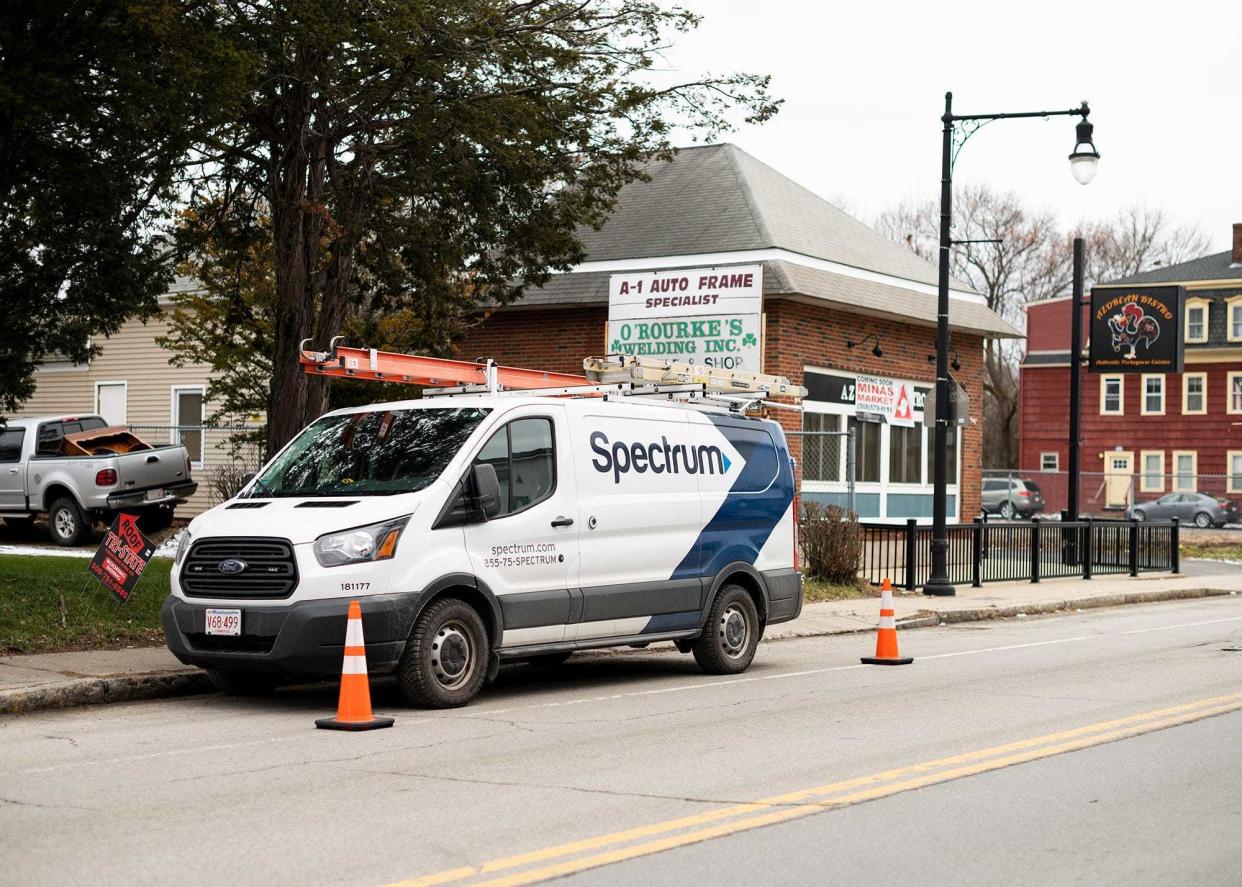Broadband is key to rural prosperity

A consensus has emerged that zip code determines economic prosperity and educational attainment. The theory goes that those in urban centers and closest to jobs and schools are most likely to prosper while those in rural communities are left behind in an unbreakable cycle of poverty. Thankfully, policymakers today have one potent weapon to upend conventional thought and unleash rural prosperity and break the cycle.
The weapon? Broadband deployment to rural America.
Want better jobs? Connect rural America.
Want more economic development and investment? Connect rural America.
Want better educational choices and outcomes? Connect rural America.
Despite being one of the most connected states in America, Florida suffers from a digital divide between connected urban centers with fast broadband connectivity and disconnected rural communities that face slow connection speeds or no connection whatsoever. In 2022, when almost every aspect of people’s daily lives revolves around connectivity, closing the digital divide must be a priority for officials at every level of government.
Florida is the seventh “most connected state” in America with 97.5% of residents having access to wired or fixed broadband. While this level of connectivity is impressive, the remaining 2.5% represents more than a half million Floridians who are missing out on the economic and educational opportunities connectivity offers.
Unfortunately, a large percentage of these disconnected Floridians live in rural communities. Liberty County, home to 7,900 people, currently has 0% coverage for 100 Mbps internet, the baseline for fast internet. In Calhoun County, home to 13,641 people, just 0.3% of residents have fast internet. Comparatively, over 99% of residents living in Pinellas, Brevard, Seminole, Hillsborough, Orange, Manatee, Broward and Palm Beach Counties have access to broadband.
For rural communities, broadband connectivity offers significant economic benefits that are otherwise denied to them. Studies have consistently shown that deploying broadband to rural communities generates new jobs, raises wages, increases innovation and entrepreneurship, and also attracts new businesses to these communities.
Additionally, access to broadband allows workers to take good-paying remote jobs outside of their immediate community, allowing individuals to achieve greater economic prosperity and invest in their communities.
For those living in rural communities that typically have higher rates of poverty than urban communities, these economic benefits could be the jolt needed to unleash the vast and untapped economic potential of these areas.
Broadband access also provides opportunities for residents to access educational resources otherwise out of reach, particularly the benefits of immersive technology. As innovation continues to advance, students (in particular those from more rural areas) with access to immersive tech will find themselves at a tremendous advantage in both post-secondary and employment settings.
Over the past decade, the number of students enrolled in online degree programs has grown significantly, with McKinsey and Company reporting the number of distance learning students increasing by 36%. For students in rural communities, these distance learning programs enable them to obtain a bachelor's or graduate degree without having to drive to far-away campuses, a major impediment to those living in rural areas.
With degrees in hand, residents of rural communities are better equipped to get better-paying jobs and command higher salaries that can economically uplift their communities.
Broadband deployment to rural communities can also enhance the K-12 experience, particularly for students in school districts experiencing a teacher shortage. As of September 2022, Florida is short 6,000 teachers and over 4,000 support staff, with shortages particularly apparent in rural school districts where alternatives may exist. For these school districts, digital education offers students the opportunity to attend alternative institutions without having to leave their homes. And as tools like immersive technology bring students from around the world to each other’s doorsteps, we should close the gap between the haves and have-nots.
Unfortunately, these opportunities are only available to those who have access to a fast internet connection. Unless broadband access is expanded, virtual education will remain outside the reach of rural Floridians while those in well-connected urban areas will have unimpeded access to the benefits of virtual education.
The importance of broadband was clearly displayed during the COVID-19 pandemic. When schools shut down, online education kept students learning. When offices closed, broadband kept people in jobs.
Unfortunately, with limited connectivity, rural communities faced greater challenges staying in work or school during the pandemic.
To put rural America in the fast lane, close the digital divide, and improve economic and educational outcomes, policymakers must ensure that every Floridian has access to broadband.
It is 2022 after all.
Edward Longe is the director of the Center for Technology and Innovation at The James Madison Institute.
This article originally appeared on The Ledger: Broadband is key to rural prosperity

